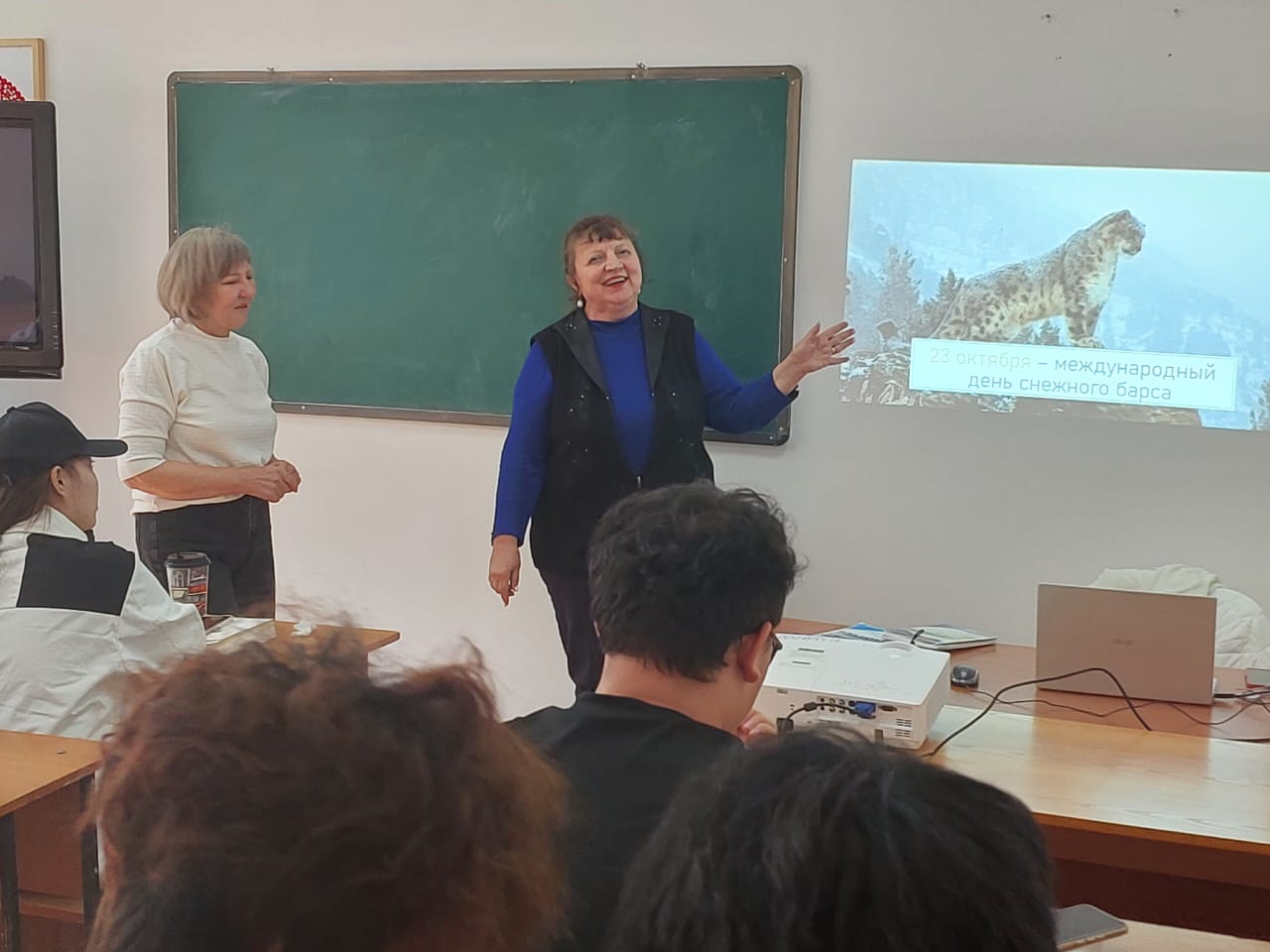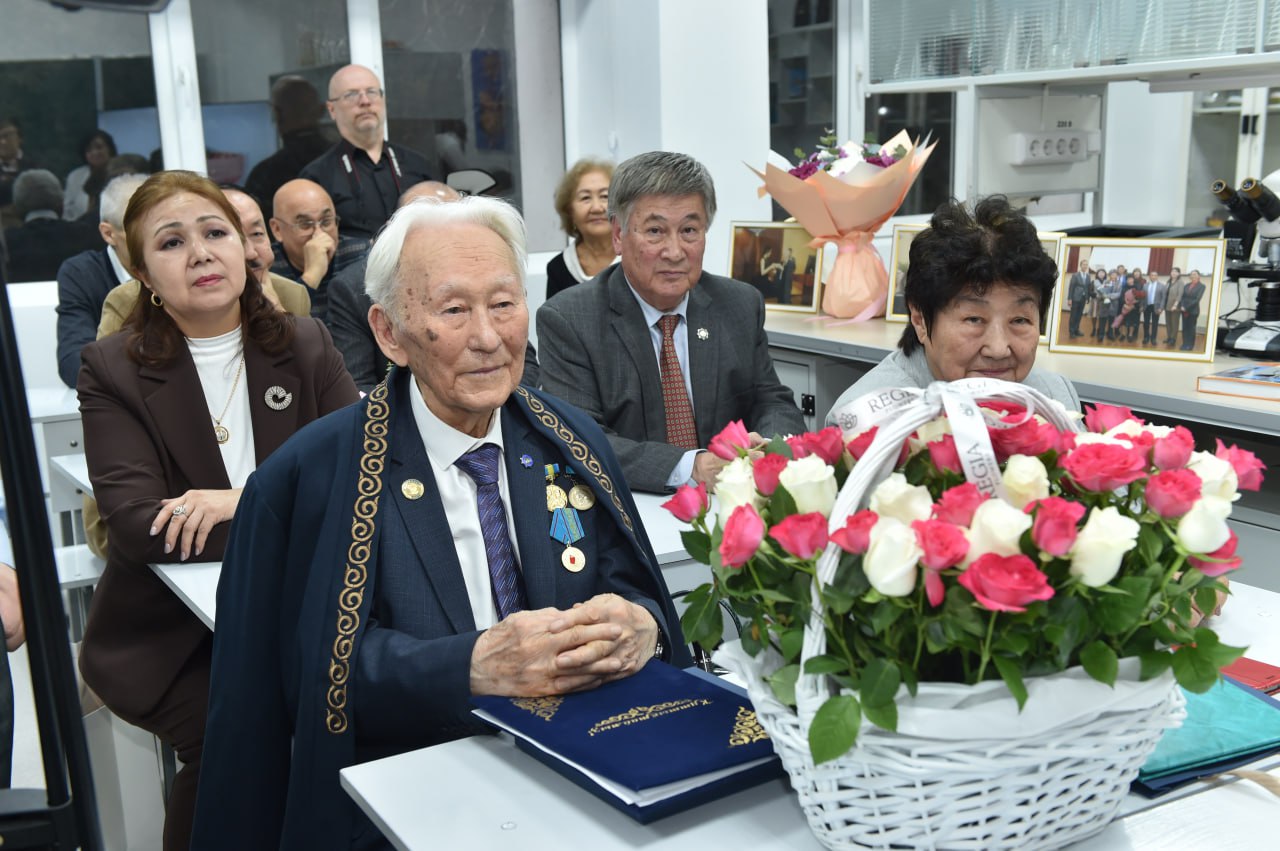
The Sustainable Development Goals aim to improve our planet's well-being and protection and are a call to action for all countries. Today, most countries recognize that measures to eliminate poverty must be taken in parallel with efforts to address a number of issues in the fields of education and health, combating climate change, and protecting the environment. SDG 15 aims to protect and restore the terrestrial ecosystem, promote its rational use, and attempt to stop the loss of biological diversity in nature.
Currently, nature is crucial for the survival of mankind, but the negative impact of humans on it is constantly increasing. Human activity has changed almost 75% of the Earth's surface, pushing aside wildlife and nature. According to the Global Biodiversity and Ecosystem Assessment Report, today about 1 million species of animals and plants are threatened with extinction, and most of them will disappear in the coming decades.
The International Snow Leopard Day is celebrated on October 23rd. This day was established by the initiative of the countries included in the habitat of the rare "red book" predator. Back in 2013, 12 countries, including Kazakhstan, China, India, Russia, Mongolia, and others, signed a Declaration on the conservation of the snow leopard population. Thus, the ideas of conservation and development of high-altitude ecosystems, of which the snow leopard is an integral part, were consolidated at the international level. This important date has become one of the topics for foreign students of the Faculty of Pre-university Education of аl–Farabi Kazakh National University to get acquainted with the events taking place in our country and the world since the leopard is not just a rare, protected animal, but a symbol of independent Kazakhstan.
This year Kazakhstan celebrates the 33rd anniversary of its Independence. One of the key signs of the Independence of the Republic of Kazakhstan is the monument on Republic Square in Almaty, depicting the Golden Man on a winged leopard. And this is not accidental. The ancient inhabitants of Central Asia - the Saka tribes, or the Asian Scythians - often depicted a leopard in elements of clothing, weapons, or jewelry masterpieces. For them, this inhabitant of the snowy mountains was a sacred symbol. The snow leopard is also depicted in the center of the coat of arms of the city of Almaty.
The snow leopard is one of the rarest predators of the feline family. It usually lives in the inaccessible mountainous areas of Central and South Asia. Currently, according to experts, there are about 4,000 individuals of the snow leopard in the world, including about 135-170 predators in Kazakhstan, which are found in the mountainous regions of the Zhetysu and Ilei Alatau, in the Western Tien Shan and Altai. Today, thanks to measures to create and expand natural parks and reserves, the snow leopard population is growing. The active presence of the snow leopard in these and other territories indicates an improvement in the ecosystem, and it can be argued that there is a tendency to increase its number in Kazakhstan.
Other news


